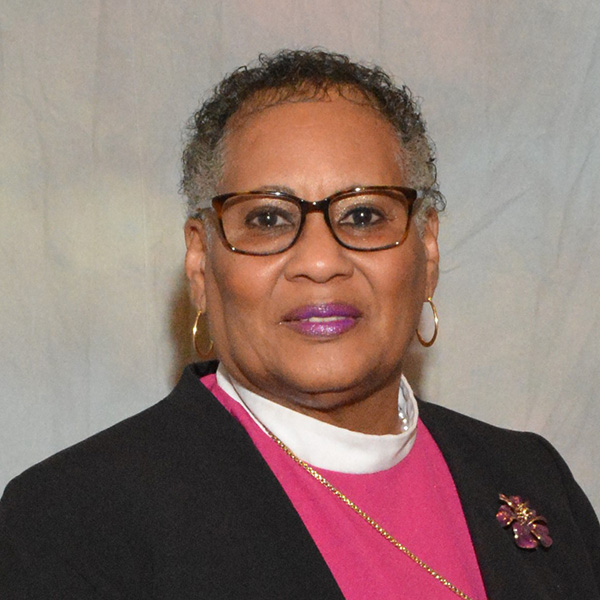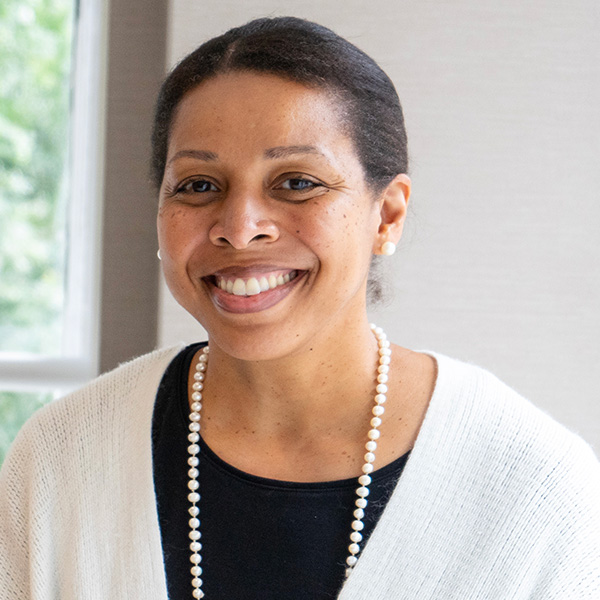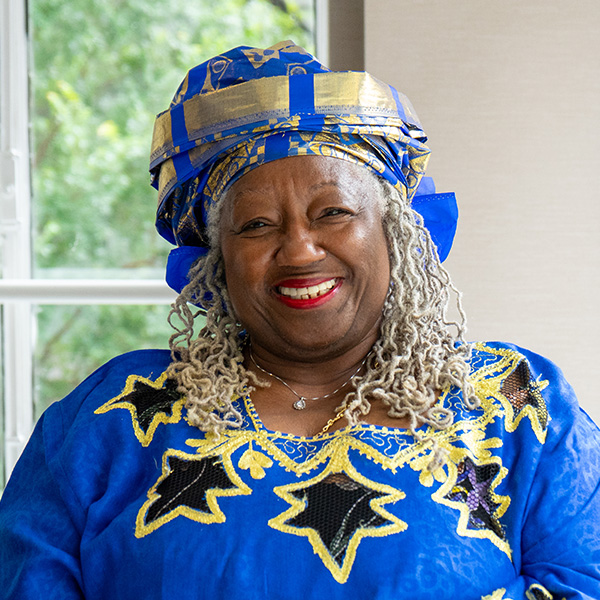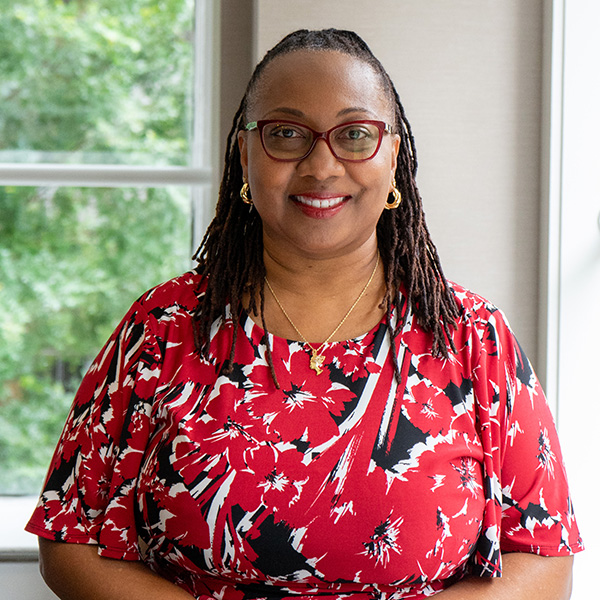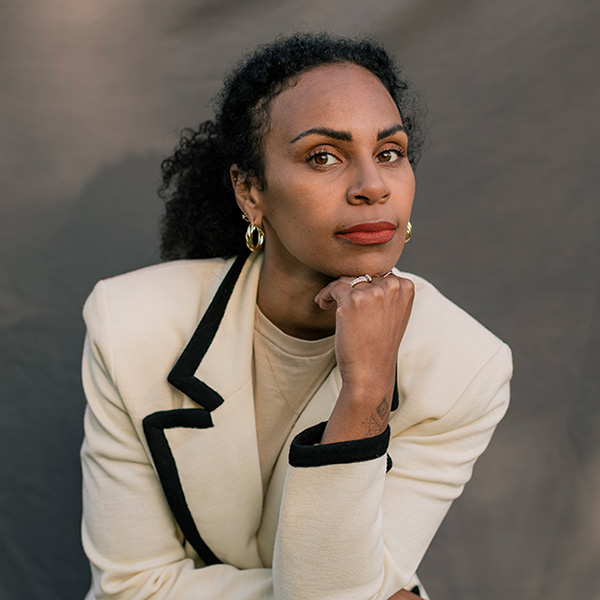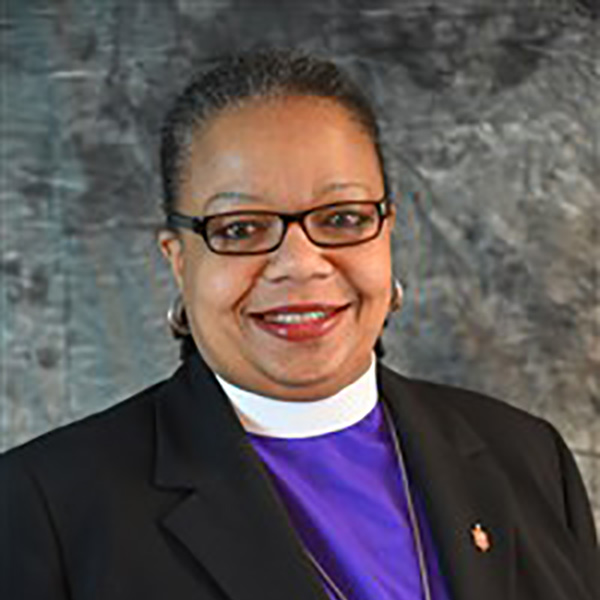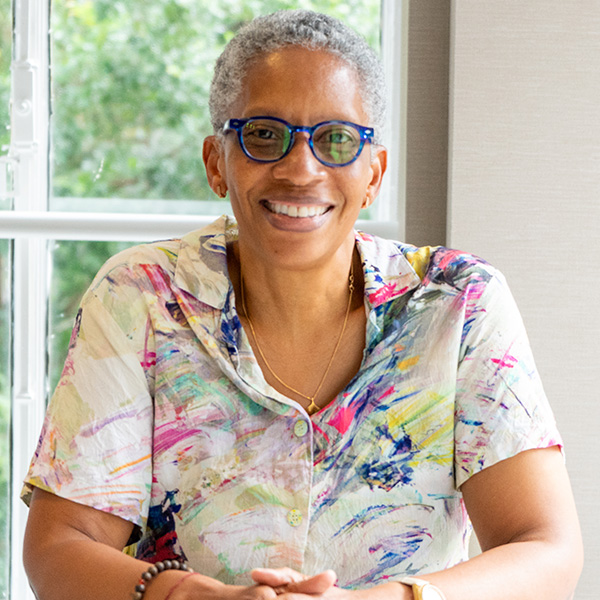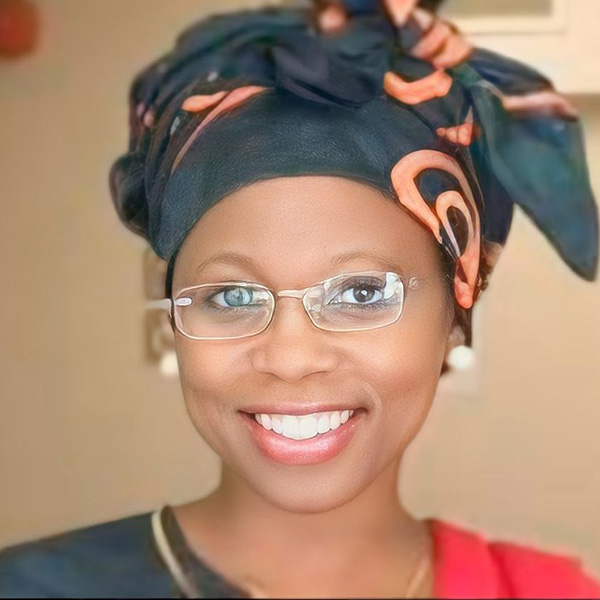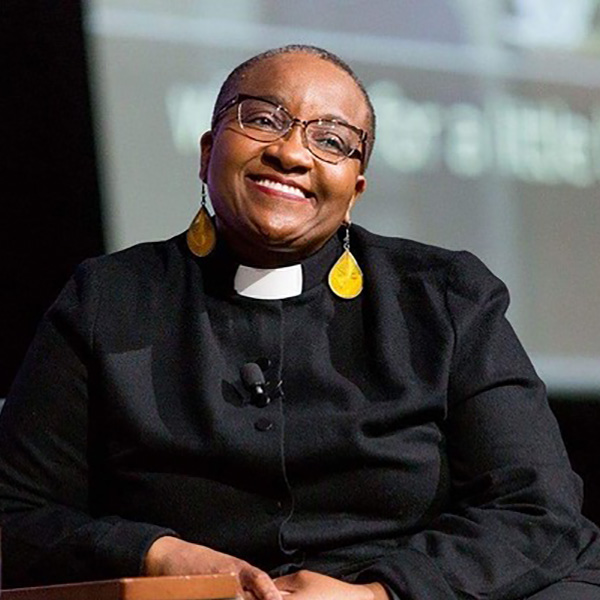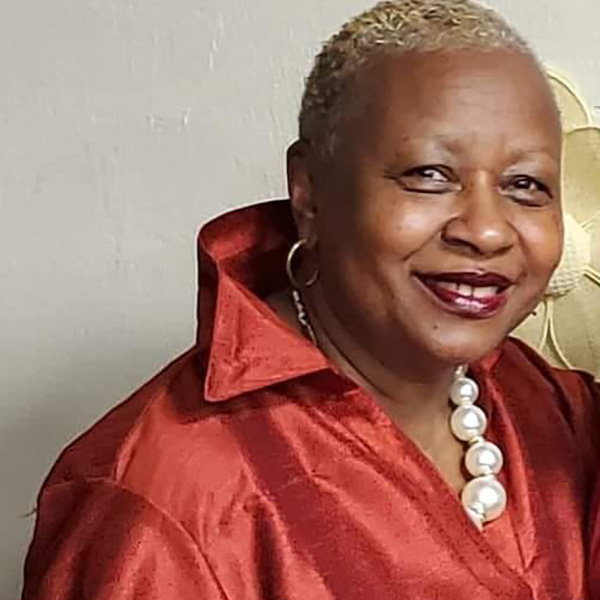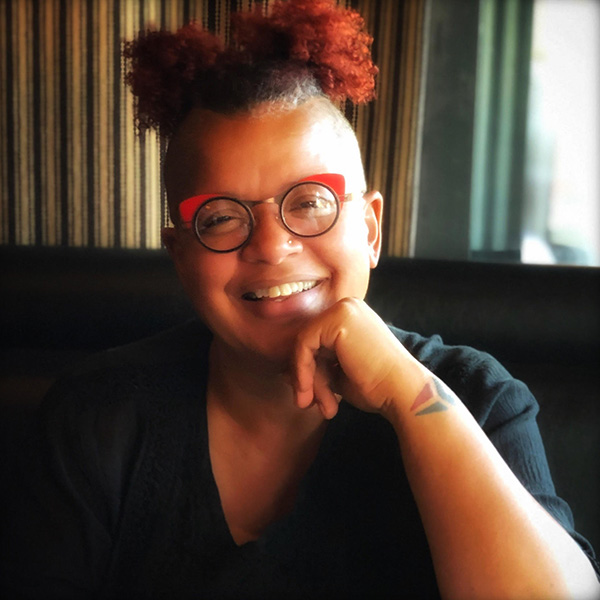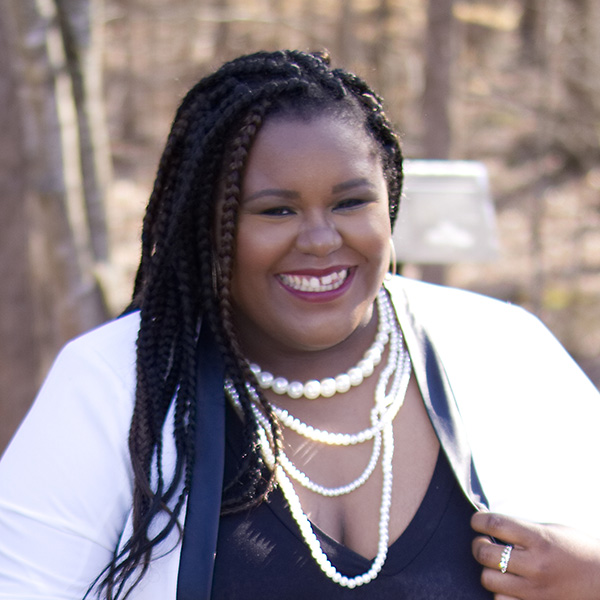Biography
Early Life
In 2009, Rabbi Alysa Stanton became the first Black woman to become a rabbi. She was officially recognized as a rabbi by a school called Hebrew Union College-Jewish Institution of Religion (HUC-JIR) in Cincinnati.
Alysa was born into a Pentecostal family on August 2, 1963, in Cleveland, Ohio. Alysa’s family supported her interests in other religions. Her uncle, who was Christian and liked going to local Shabbat services, introduced Alysa to Judaism. She received her first Hebrew Grammar book at age 10.
When Alysa was eleven years old, her family moved to Colorado. That was when she started to really get into learning about Judaism. After finishing high school, she went to Colorado State University, where she got a bachelor’s degree in psychology in 1988. Four years later, in 1992, she also got a Master of Education degree from the same university, focusing on counseling and multiculturalism.
In college, Stanton learned about Judaism with the help of a rabbi at an Orthodox synagogue. In 1987, she decided to become Jewish. Stanton said that becoming Jewish was important to her not just because of the religion itself, but also because of the values and community it brought into her life. She loved being a cantor, which means she chanted the Torah, and she admired how it sounded. She also learned a lot from a man who was older but did not let his age stop him from doing new things. These experiences played a very important role in her decision to go to rabbinical school to become a rabbi.
After completing her studies at Colorado State, Stanton started working as a psychotherapist in Aurora, Colorado. She got her license to be a professional counselor in 1998. Stanton focused on helping people who were dealing with sadness from losing someone or something important. She often helped students who had been or were badly abused or neglected. Following the tragic event of the shooting at Columbine school in 1999, Stanton provided support to students who were grieving.
Decision to Become a Rabbi
During this period, Stanton got involved with Temple Emanuel in Denver. She took on roles as a para-chaplain, a teacher at the religious school, and a solo singer for cantorial music. In 2002, Stanton started her seven-year journey to become a rabbi at HUC-JIR, a rabbinical school in Jerusalem that’s part of the Reform Jewish movement. During her time there, she worked as a chaplain, completed training in providing emotional and spiritual care, and helped encourage conversations between people of different faiths in Reform Jewish communities in the United States.
At age 45, Stanton achieved her goal of becoming a rabbi. After her ordination, she made history as the first Black rabbi at Congregation Bayt Shalom in Greenville, North Carolina, a synagogue that follows both Reform and Conservative Jewish traditions. Becoming a rabbi and joining this congregation attracted positive attention and praise.
Stanton made it clear that being the first was not her main goal. She said, “I am a Jew and a rabbi who happens to be African American.” By becoming a rabbi, she did break new ground. Stanton wanted to connect different people and inspire hope, not just as a woman, but also as someone who chose Judaism and as a person of color. She hoped her story would encourage “floodgates to open for whoever is seeking a spiritual path, whatever that path might be.” In her role as a rabbi, Stanton treated everyone the same, no matter their color.
Stanton worked hard for her achievements and to be accepted in Judaism, even facing rejection from some African Americans. Some Black Christian friends thought she had abandoned her roots. In her first year as a student at HUC in Israel, Stanton and her 13-year-old daughter faced unfair treatment, stereotypes, and subtle forms of discrimination. Her daughter was physically abused, and people often ask her in Hebrew, “Why are you black?”
Stanton turned the challenges she faced into a story called, “Layer.” This story is a monologue, a type of performance where she talks about her journey to becoming Jewish and other big changes in her life.
After working for two years at Bayt Shalom, Stanton left her position as a rabbi there in 2011. She said she did not regret her time at Congregation Bayt Shalom, but mentioned, “it’s not easy having everyone watching you when you’re just trying to do your job.”
Stanton has kept a lower profile lately, but her historic role as a pioneer in the Jewish community still inspires many people. Her work encourages those who aim for more diversity, fairness, and inclusion in religious leadership roles.


